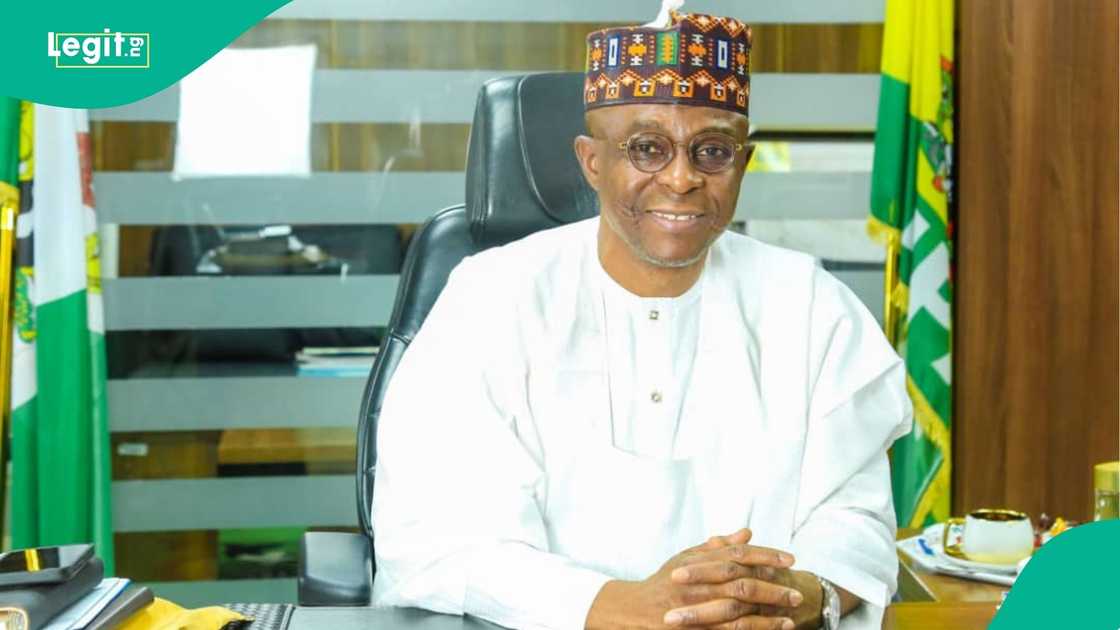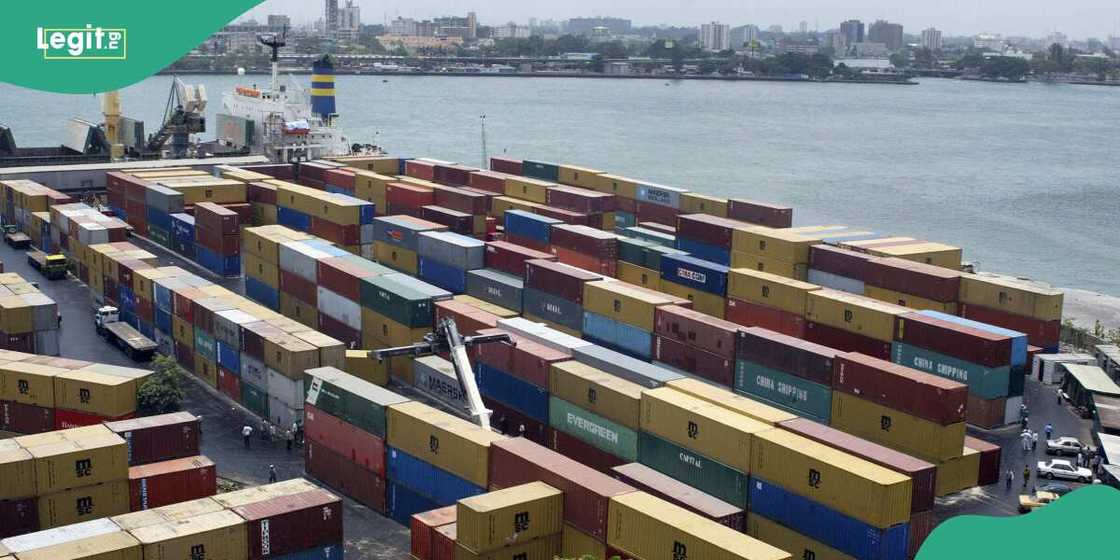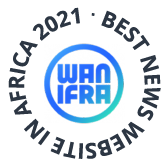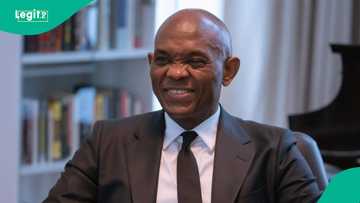Dantsoho Revives Eastern Ports as Nigeria Pushes for Economic Diversification
- The NPA is reviving Eastern ports such as Onne, Port Harcourt, Warri, and Calabar to reduce Lagos’ dominance and cut logistics costs
- Major reforms by the federal government are boosting cargo traffic, attracting shipping lines, and improving operational efficiency
- These efforts are aimed at driving Nigeria’s economic diversification and positioning the country as a key maritime hub in West and Central Africa
The Nigerian Ports Authority (NPA), under the leadership of Dr. Abubakar Dantsoho, is spearheading efforts to revive and modernise Eastern ports as part of the federal government’s push for economic diversification through a sustainable blue economy.

Source: UGC
Repositioning the Eastern Ports
Once overshadowed by Lagos, ports in Port Harcourt, Onne, Warri, and Calabar are now being repositioned to handle more traffic, reduce logistics costs, and support industrial clusters across the South-East and North-Central regions.
For decades, Lagos handled over 90% of maritime activity, leaving Eastern ports underutilised due to poor infrastructure and connectivity. Dantsoho is addressing this imbalance with reforms that include dredging, equipment upgrades, and tariff incentives.

Read also
Air Peace announces exciting new job vacancies, diploma holders can apply as deadline nears
These improvements have boosted cargo traffic, enabled larger vessels to berth, and encouraged new shipping lines.
A notable example was the arrival of the Nigerian-owned MV Ocean Dragon at Onne in July 2025, signalling Nigeria’s growing role in intra-African trade under AfCFTA.
The NPA has also introduced new tariffs to balance operational costs while staying competitive, alongside a 25-year master plan focusing on automation, cybersecurity, and sustainability.
Investments and partnerships
Partnerships with private operators such as West African Container Terminal (WACT) have driven major investments, including the $2.9 billion Onne Port Expansion project—the largest of its kind in Africa in a decade.
Similarly, $1.1 billion has been secured for rehabilitation across Warri, Calabar, Rivers, and Onne ports.
Operational efficiency has improved with the acquisition of state-of-the-art tugboats, deployment of navigational aids, and introduction of the Electronic Call-up (Eto) system, which has reduced vessel turnaround times and eased logistics bottlenecks.
Collaborations with agencies like the Nigeria Customs Service have also supported 24-hour operations to curb diversions to neighbouring ports.
Export activities are recording gains, with service boat tonnage growing by 129% in 2024 and companies like Indorama reporting higher volumes. Revenue projection for 2025 is set at N1.28 trillion, up from N894.86 billion in 2024, largely driven by increased activity in the Eastern ports.
Incentives such as tariff rebates on harbour dues are also encouraging shippers to patronise non-Lagos corridors.

Source: Getty Images
Infrastructure upgrades
Beyond port operations, NPA is attracting foreign direct investment into shipbuilding and repair. Afrexim Bank has committed a $350 million loan to expand Starz Marine shipyard in Rivers State, raising its capacity to handle larger vessels and reducing Nigeria’s reliance on foreign shipyards.
These initiatives are transforming the Eastern ports into competitive gateways, with improved security patrols, dredging projects, and multimodal transport linkages like the Port Harcourt-Maiduguri rail. Manufacturers in Aba and traders in Onitsha are already benefitting from closer access to maritime routes.

Read also
Apply: Nigerian bank opens application for N20m grant, lists requirements, target beneficiaries
Through these efforts, Dantsoho is aligning with President Tinubu’s vision for a diversified economy and positioning Nigeria as a leading maritime hub in West and Central Africa.
Source: Legit.ng



